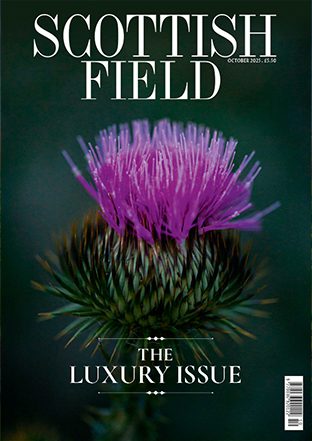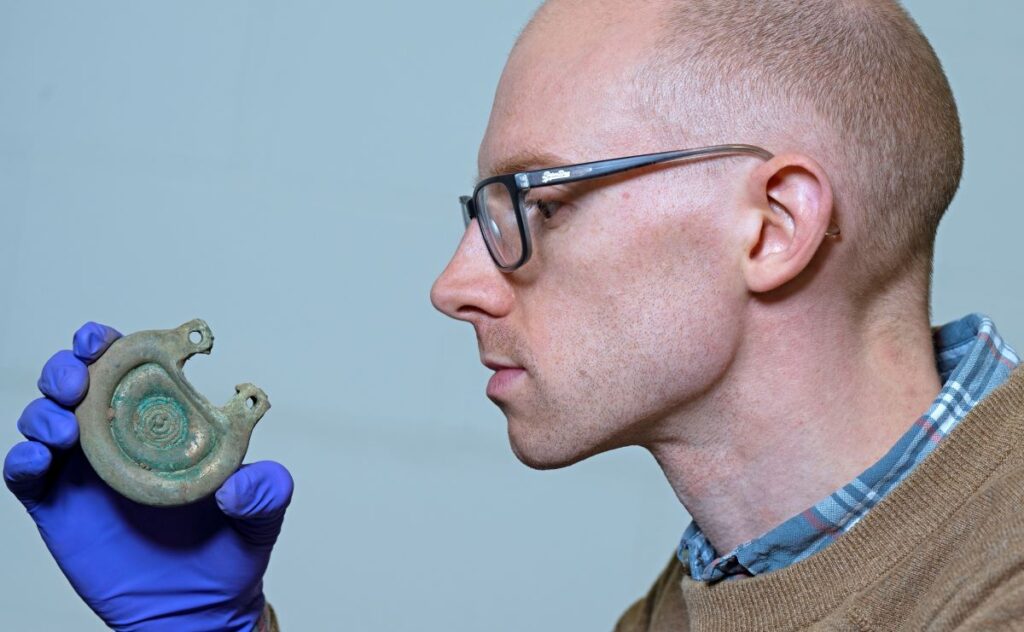
‘Exceptional’ 3,000-year-old Bronze Age hoard found by metal detectorist saved for the nation
A hoard of Bronze Age artefacts unearthed by a metal detectorist in the Scottish Borders has been saved for the nation by National Museums Scotland.
Dating to 1000–800 BCE, the Peebles Hoard comprises over 500 unusual bronze and organic pieces and components that had lain undisturbed for 3000 years.
It was allocated to NMS under the Treasure Trove system with a payment made to the detectorist Mariusz Stępień who discovered it in 2020.
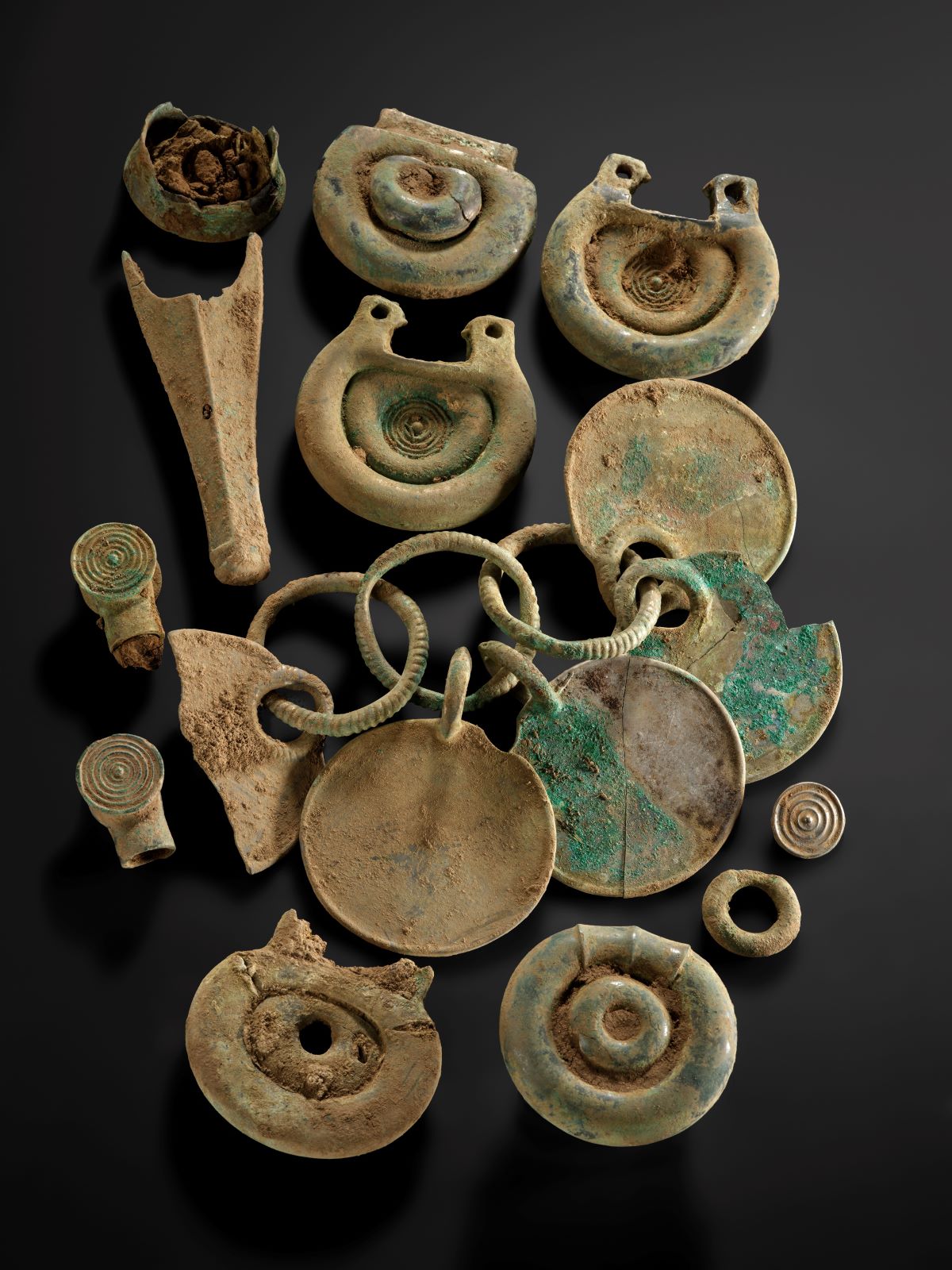
A selection of Bronze Age bronze objects from the Peebles Hoard. Credit: National Museums Scotland
The hoard represents a complex set of material, some of which has no archaeological parallel anywhere in western Europe.
Larger and more recognisable objects within the hoard highlight Bronze Age Scotland’s position as part of an international network of communities across the North Sea.
Two rattle pendants, the first ever found in Scotland, are more commonly found in Denmark, northern Germany and northern Poland. These objects are created from interlinked bronze rings and pendant plates that would have hung from a horse or wooden vehicle and rattled as they moved.
Other exceptional survivals include a sword still in its wooden scabbard, as well as an array of small bronze buttons looped onto cords.
The hoard also contains rare survivals of minute bronze pins, studs and bosses embedded in wood or leather.
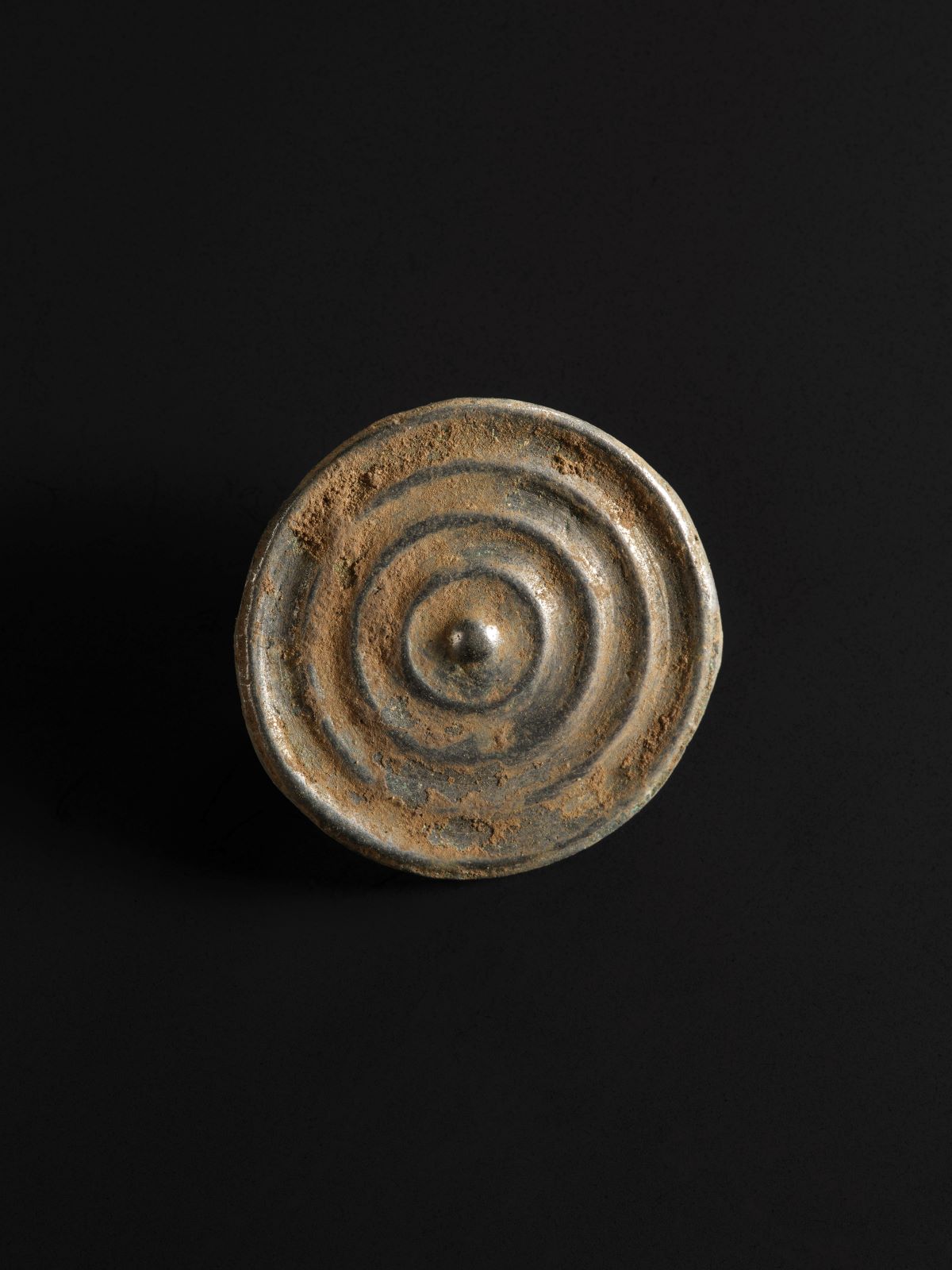
A bronze button from the Bronze Age Peebles Hoard. Credit: National Museums Scotland
The remains of complex decorative straps, the purpose of which remains to be investigated, are preserved still mostly articulated after more than three millennia in the ground. This preservation offers a level of detail and insight not usually glimpsed for the Bronze Age.
‘The Peebles Hoard is exceptional, an utterly unique discovery that rewrites our understanding of both Bronze Age communities in Scotland and our prehistoric international connections,’ said Dr Matthew Knight, senior curator.
Professor Ian Sinclair, founder of the µ-VIS X-ray Imaging Centre at the University of Southampton, said it was ‘pleased and excited’ to have been involved.
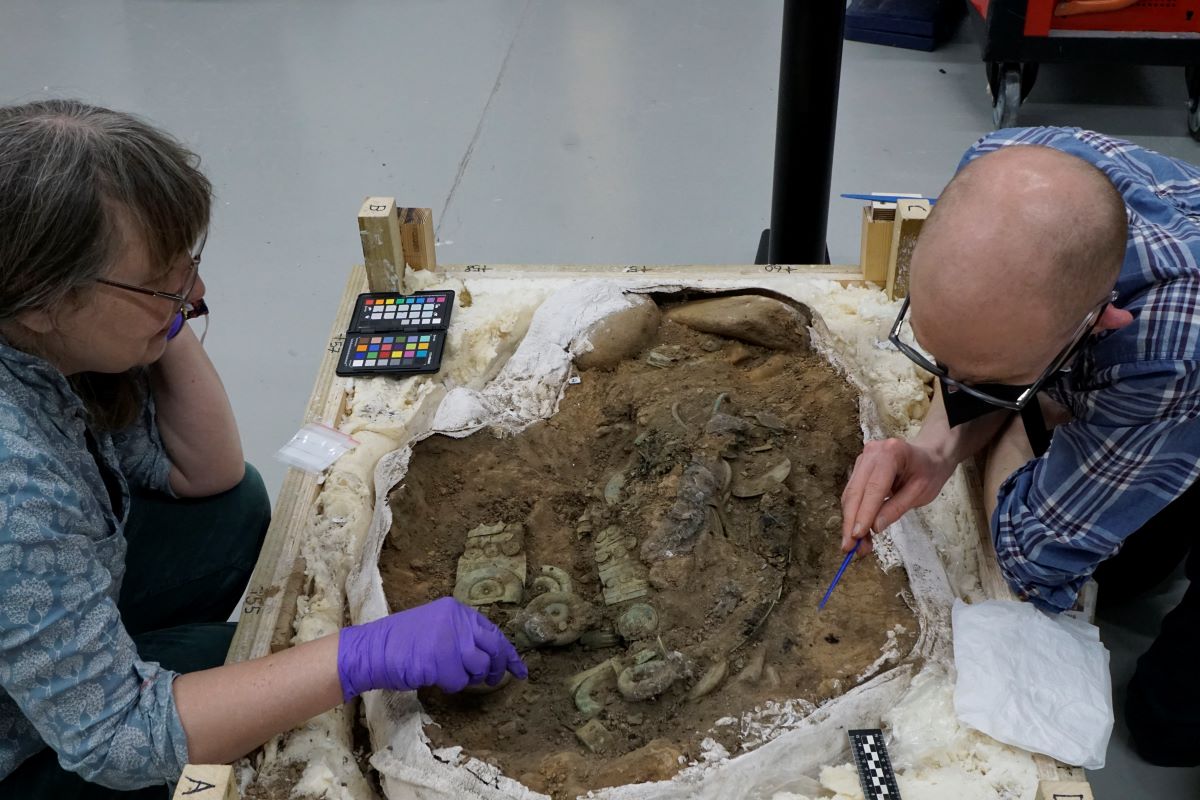
Conservator Dr Mary Davis and Curator Dr Matthew Knight excavate the Peebles Hoard. Credit: Crown Copyright
‘CT scanning the hoard was certainly a big challenge due to the scale of the hoard block, but we relished the opportunity to bring our engineering skills to successfully support this research on such an exceptional historical find.’ he said.
TAGS

